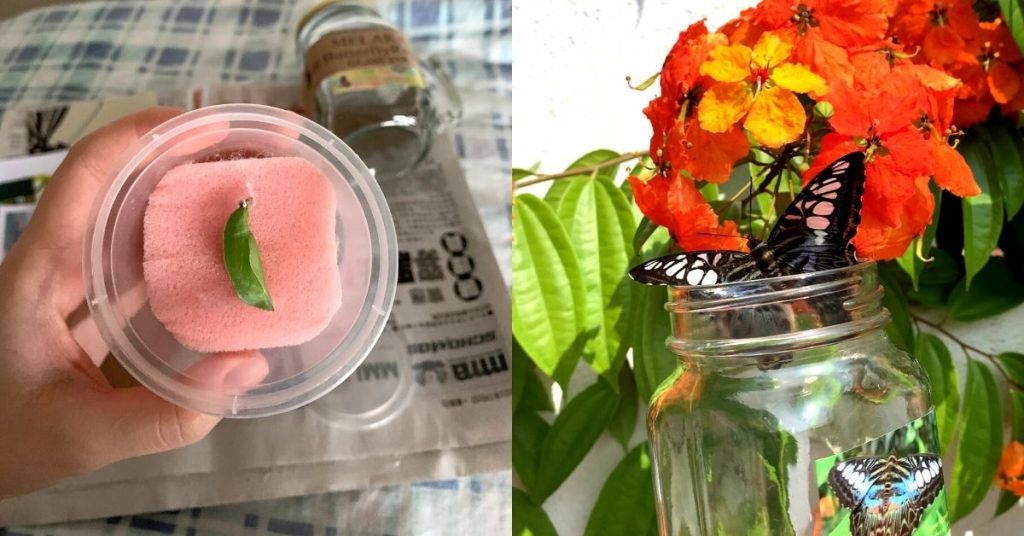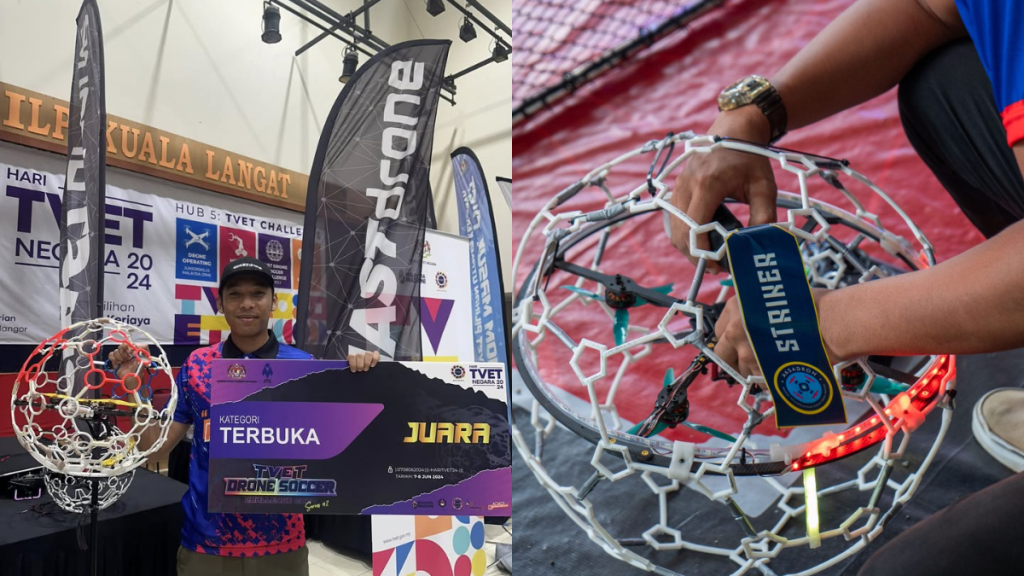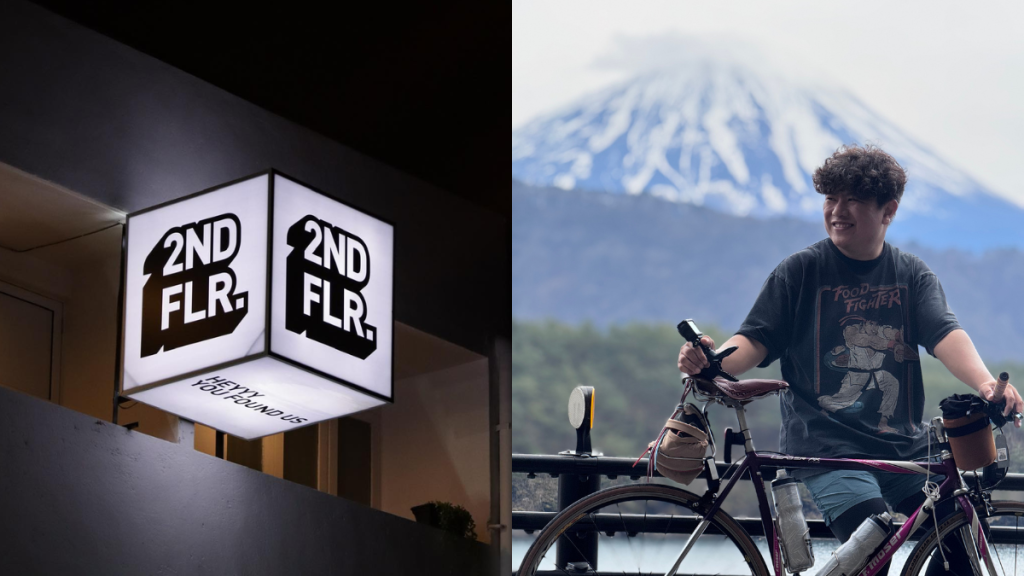We’ve seen the pandemic’s effects on businesses of all kinds. For some, the burden is twofold because not only do they have to manage the costs of manpower, but they also have other live animals or creatures to care for.
One example we saw firsthand was Farm In The City, which had to resort to selling souvenirs after ticket sales from locals and tourists trailed off due to lockdowns. The cost of food and medicine for the animals began eating into their cash reserves.
It was, and still is, a desperate time for them and other similar companies, but they’ve been experimenting with multiple ways to make income.
Similar to Farm In The City, this sanctuary had more than staff to care for too. During the pandemic, the Melaka Butterfly and Reptile Sanctuary saw its darkest day in its 30 years of operations.
After having to cut down on its workforce, butterfly eggs were left uncollected and host plants began drying up, leaving growing caterpillars and larvae without resources. To prevent further loss, the team had to make the painful decision to euthanise 3,000 butterfly larvae.
But the fight isn’t over.
Getting the public to help
To tide itself through the crisis, the sanctuary is holding its first-ever butterfly pupae adoption programme. It includes several adoption sets ranging from RM20 to RM55, the most expensive of which comes with a plant and other materials to build a terrarium.

Beginner adopters can opt for the RM20 set, which provides a butterfly pupa and a mason jar with a string attached to the lid where the pupa can be pinned to. Within 3-10 days, a butterfly will emerge from the pupa, ready to be released into the wild.
The pupa is the third stage of the butterfly life cycle (it goes from eggs to caterpillar, pupa, and butterfly). The pupae are bred within the laboratory of Melaka Butterfly and Reptile Sanctuary, and all the sales from the programme will be directed to butterfly research and conservation in Malaysia.
Aside from making up for lost ticket sales, the sanctuary is also holding the programme to address the findings of a study from University of Malaya. The study found that by 2100, 20% to 40% of butterfly species will go extinct in Southeast Asia due to land-use changes in the region. By encouraging this adoption, the sanctuary hopes to play a bigger part in maintaining the species in the ecosystem.
I decided to be a butterfly mum
Intrigued by this initiative, I enquired how the adoption works. After your purchase, the adoption set will be shipped within 6-12 days. A clear set of instructions on caring for the pupa will be included in the parcel.
Being a sanctuary with an interest in butterfly conservation, it wouldn’t make sense for it to provide Malaysians with an invasive species to release. Nonetheless, I decided to put my mind at ease with my own research.
Indeed, I managed to confirm that the clipper butterfly (Parthenos sylvia) that I would receive isn’t a threat to the existing ecosystem. This species is actually native to the country, and in general, having more butterflies brings about a healthier environment and ecosystem because they’re natural pollinators and pest controllers.
Satisfied, I purchased the RM20 beginner’s set. The delivery cost for it to travel from Melaka to Cheras, KL where I live was about RM10, but it would differ depending on your exact location.
My first hello

The pupa came in a small plastic container, enclosed between two layers of sponge and a cotton pad while being hooked to a pin.
Knowing how delicate it was, I was quite nervous when trying to pin it to the string that was attached to the lid, afraid that I was going to accidentally squish the pupa. Much like how one would treat a newborn, I was extremely gentle, refraining from excessively touching the leafy texture of the clipper butterfly’s pupa.
Once that was done, I placed the jar in my closet, away from direct sunlight, and misted its insides daily. Putting a pupa in direct sunlight or not misting it enough will lead to it becoming underdeveloped. In that case, it may never emerge as a butterfly, dying in its cocoon instead.
I opted to leave the lid slightly unscrewed for more ventilation, since pupae breathe through holes in their sides called spiracles. It’s not recommended to leave the lid completely open as it may attract predators like ants. With the setup complete and a new daily routine to stick to, all that was left to do was wait.

5 days later…
The following days were pretty uneventful, and I didn’t notice many changes. But on the 5th night, upon closer inspection, I noticed that the pupa became translucent and that there were visible stripes on it, so I had a feeling that the butterfly would come soon.

The next morning, I opened my closet to a full-fledged butterfly resting on the side of the jar, with its wings already dried. I felt relieved and excited to see that it developed well, but sad to have missed out on the final stage of the process.
With it ready to be released, I brought it outside. As soon as we started moving, it came to life, flitting around in the jar. I picked a flowery area in my neighbourhood as its take-off spot, thinking that it would also let it eat immediately.
Contrary to my assumption, however, it’s rare for butterflies to eat anything on the same day they emerge. That’s probably why it soon departed from the flowers to explore its new world.

All in all, I was quite proud that its metamorphosis was a success under my beginner’s care. This adoption programme gave me an experience I may otherwise never have gotten, and the provided tools and instructions were enough to guide me.
One thing to note is that because you’re dealing with a living organism, there will be unpredictability. You may not end up with a butterfly for various reasons, sometimes even if you’ve put in the utmost care for it.
If that happens, the sanctuary is open to replace your pupa with another one for free, but you’d have to handle the delivery charges.
As mentioned earlier, the objective of the programme is to ensure that the species is able to continue thriving in the wild. Releasing the butterfly after it emerges from the cocoon is part of the process. The sets sold by the sanctuary do not provide you with the right equipment to keep the butterfly as a pet.
Butterflies need enough flying space and food to be kept indoors. Unless you’re an experienced hobbyist or butterfly caretaker in your own time, you’d likely lack the necessary knowledge and tools to keep a butterfly as a pet. Therefore, it’s best to follow the sanctuary’s instructions and release the butterflies once they’ve emerged.
For those with more advanced knowledge and who have the equipment to care for multiple pupae at once, Melaka Butterfly and Reptile Sanctuary offers a 2-piece set of pupae for RM30 without the jar. Clipper butterflies aren’t the only species you can get from the sanctuary, but the seasons will affect which species you’ll get.
-//-
Melaka Butterfly and Reptile Sanctuary also lets you “adopt” snapping turtles, snakes, frogs, peacocks, alligators, etc. The funds will go to providing them with necessities, and adopters receive several benefits depending on their tier of support.
However, adopting these animals are much more expensive, and its butterfly adoption programme is much cheaper and more attractive due to its interactivity. In the short term, it’s an initiative that could cushion the pandemic’s blow for the sanctuary, but it’s likely not a sustainable move.
Because the butterfly adoption experience is so fleeting, you may not consider it affordable. I personally enjoyed it, but it’s not likely that I’ll be adopting another pupa anytime soon, and many other beginner adopters may feel the same way.
Hence, the sanctuary may have to look into other income-generating streams if the pandemic continues to rage on. With limited staff on hand, perhaps one way would be to hold simple, educational livestreams that people can pay to attend. It’s a strategy that Farm In The City has been trying for a few months now, and it appears to generate decent interest.
- You can learn more about the Melaka Butterfly and Reptile Sanctuary here.
- You can read about more Malaysian social enterprises we’ve covered here.













